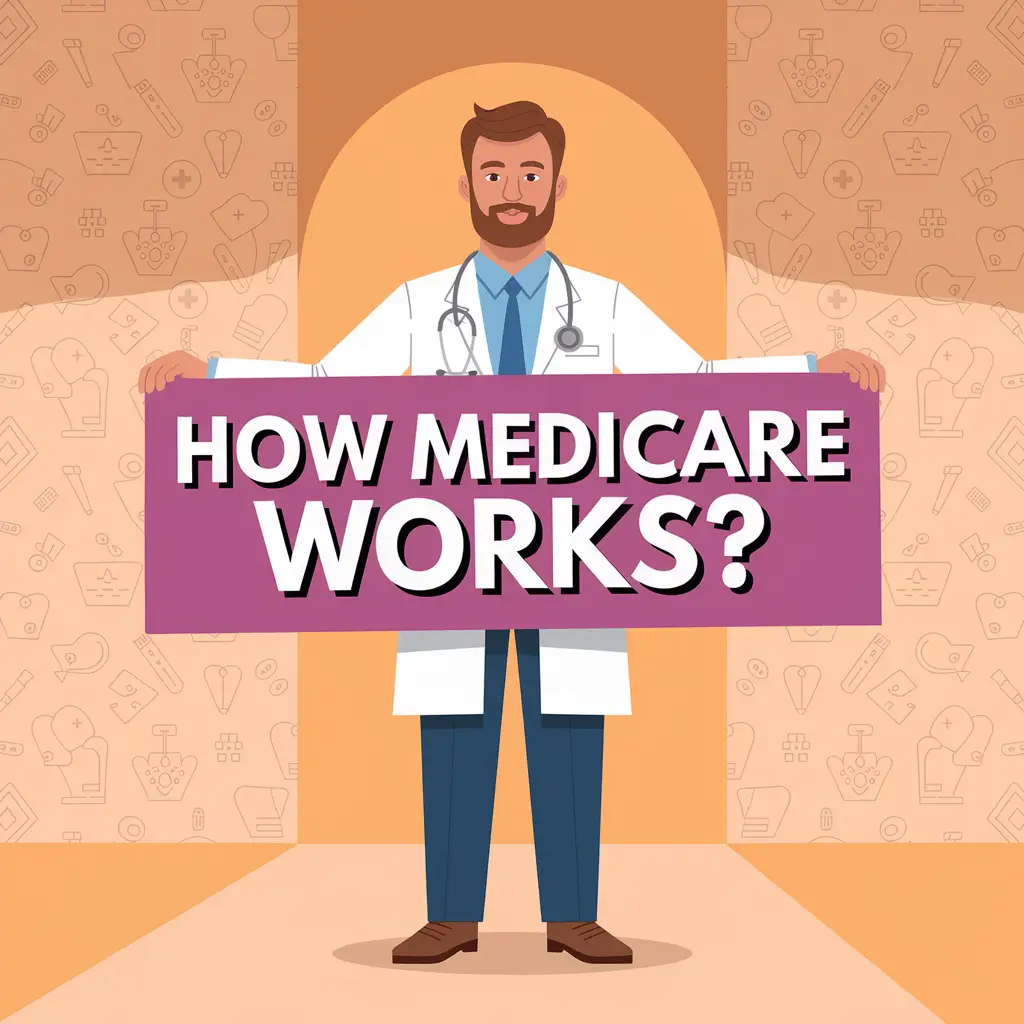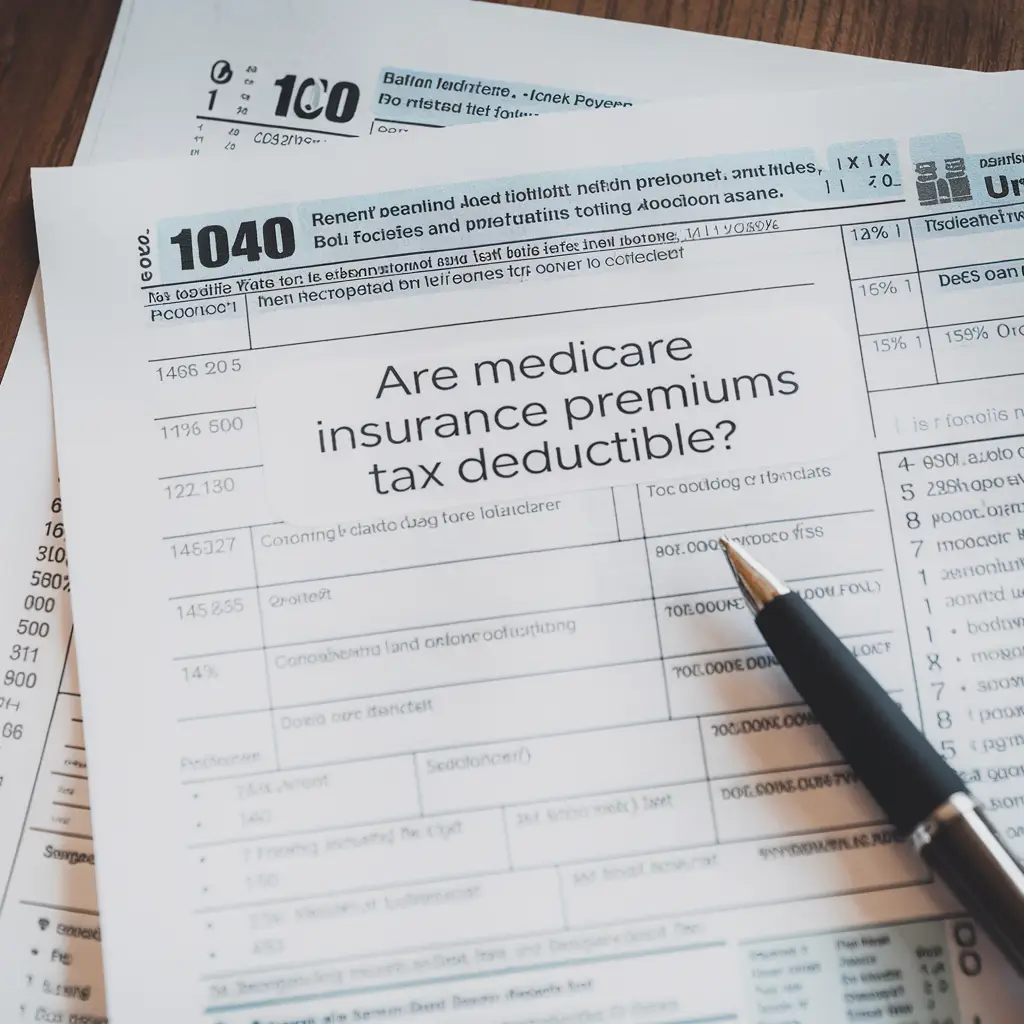How to Choose the Best Medicare Part D Plan for Your Prescriptions at 65
How to Choose the Best Medicare Part D Plan for Your Prescriptions at 65 (2024) . Turning 65 brings a lot of new decisions, and choosing the right Medicare Part D plan is one of the most crucial. With so many options and details, it’s easy to feel overwhelmed. However, finding the perfect plan is essential to ensure your prescription drugs are covered without breaking the bank.
Navigating the multitude of available plans requires assessing your specific medication needs. Each plan has different formularies, which list the drugs they cover, so matching this with your prescriptions is key. The variety in costs, coverage, and restrictions between plans means a cookie-cutter approach won’t work.
In this post, we’ll simplify the process, offering practical tips to help you select the best Medicare Part D plan that’s tailored to you. Whether you’re managing multiple prescriptions or just one, the right plan can save you time, stress, and money.
Understanding Medicare Part D
Choosing a Medicare Part D plan can seem tricky, but understanding what it is and who it helps makes it easier to navigate. This section breaks down the basics to help you make informed choices about your prescription drug coverage.
What is Medicare Part D?
Medicare Part D is a prescription drug coverage plan. Think of it as a way to help pay for the medications you need. Private companies approved by Medicare offer Medicare Part D plans. These plans cover a wide range of prescription drugs that people with Medicare often take.
Part D aims to make medications affordable and accessible. Without it, the cost of prescription drugs can be overwhelming. Here are some key points:
- Coverage: Part D plans cover both generic and brand-name drugs.
- Formularies: Each plan has a “formulary,” which is a list of drugs that the plan covers.
- Cost Assistance: It helps lower your out-of-pocket costs for drugs.
- Pharmacy Network: Plans have a network of pharmacies where you can fill your prescriptions at lower costs.
Eligibility for Medicare Part D
Who can join a Medicare Part D plan? The good news is that if you’re already eligible for Medicare, you can also enroll in Part D. Here’s how eligibility works:
- Medicare Enrollment: Anyone enrolled in Medicare Part A or Part B can join a Part D plan.
- Age Requirement: Typically, this means people 65 and older, but younger people with certain disabilities can also qualify.
- Enrollment Periods: You can sign up during specific times:
- Initial Enrollment Period (IEP): This is a 7-month period that begins three months before the month you turn 65, includes your birthday month and ends three months after.
- Annual Election Period (AEP): From October 15 to December 7 each year, you can join, switch, or drop a plan.
- Special Enrollment Period (SEP): Certain life events, like moving or losing other insurance, might qualify you for a SEP.
By understanding these key details about Medicare Part D, you’re already on your way to making better decisions about your health coverage.
Factors to Consider When Choosing a Plan
When it comes to choosing a Medicare Part D plan, there are several key factors you need to take into account to ensure you get the best coverage for your needs. Let’s break down these factors:
Formulary and Drug Coverage
One of the most important factors is the formulary. This is the list of medications that the plan covers. Not all plans cover all drugs, so it’s crucial to make sure your prescriptions are included. Why is this important? If your medication isn’t covered, you might end up paying full price out-of-pocket, which can be very expensive.
- Check for specific drugs: Make sure to check the plan’s formulary for your medications.
- Tiered pricing: Many plans have different cost tiers for generic and brand-name drugs. Understanding these tiers can help you save money.
- Annual changes: Remember that formularies can change every year, so review your plan annually.
Costs and Premiums
Costs are another critical factor when selecting a Part D plan. It’s not just about the monthly premium; you also need to consider the deductible, copayments, and coinsurance.
- Monthly premiums: This is the amount you pay each month for the plan.
- Annual deductible: Some plans have a deductible you need to meet before they start paying for your drugs.
- Copayments and coinsurance: These are the costs you share with the plan. For example, you might pay a set dollar amount or a percentage of the drug cost.
Knowing all these costs upfront helps avoid surprises and budget effectively.
Pharmacy Network
The pharmacy network is another crucial element. This refers to the pharmacies you can use with your plan.
- Preferred pharmacies: Some plans have preferred pharmacies where you can get medications at lower costs.
- Convenience: Ensure that the pharmacy network includes locations that are convenient for you.
- Mail-order options: Some plans offer mail-order prescriptions, which can be a convenient and cost-effective option.
Coverage Gap (Donut Hole)
The coverage gap, or “donut hole,” is a phase in every Part D plan where you might have to pay higher out-of-pocket costs for your drugs. Understanding how the donut hole works can help you plan for these costs.
- Initial coverage: You’ll pay a copay or coinsurance until you and your plan reach a certain spending limit.
- The donut hole: After reaching this limit, you’re in the coverage gap. During this period, you’ll pay a larger percentage of drug costs.
- Catastrophic coverage: Once your out-of-pocket spending hits a certain amount, you exit the donut hole and pay significantly less for drugs.
Additional Benefits and Services
Some Medicare Part D plans offer additional benefits and services that can be very helpful.
- Wellness programs: These may include health and wellness programs like smoking cessation or weight-loss programs.
- Medication therapy management: Some plans offer services to help you manage your medications and ensure they are working effectively.
- Extra support: Additional customer support and resources can make a big difference, especially if you have complex health needs.
Choosing the right Medicare Part D plan requires careful consideration of these factors. Each one plays a role in ensuring you get the best possible coverage for your prescriptions. By evaluating these aspects, you can make a more informed decision and potentially save a lot on your medication costs.
Tools and Resources for Comparison
Choosing the right Medicare Part D plan involves using the best tools and resources available. Here are some methods to make the comparison process easier.
Medicare Plan Finder Tool
The Medicare Plan Finder tool is one of the most powerful resources for comparing Medicare Part D plans. It’s an online tool that helps you look at different plans based on your specific needs. Here’s how to use it:
- Visit the Website: Go to the Medicare Plan Finder.
- Enter Your Information: You’ll need to provide some basic information like your zip code and medications.
- Compare Plans: The tool will show you different plans in your area. You can compare up to three plans side-by-side to see the differences in coverage and costs.
- Check Formulary and Pharmacy Networks: Make sure your medications are covered and that your preferred pharmacies are in-network.
The Medicare Plan Finder is an excellent starting point to see what plans are available and how they match your medication needs.
Consulting with a Medicare Advisor
Talking to a Medicare advisor can provide personalized help beyond what online tools offer. Here’s why consulting with an advisor is beneficial:
- Expert Advice: Advisors are well-versed in Medicare plans and can provide insights based on your specific situation.
- Personalized Plan Comparisons: They can break down plan details and compare them according to your health needs and budget.
- Help with Enrollment: Advisors can guide you through the enrollment process to make sure you don’t miss any important deadlines or steps.
A Medicare advisor acts like your personal guide in the complex world of insurance, ensuring you pick the most suitable plan for you.
Using Online Reviews and Ratings
Checking online reviews and ratings can give you real-world insights from other users. Here’s why it’s important:
- User Experiences: Reviews highlight the experiences of other people using the plans, which can reveal potential issues or benefits that aren’t obvious from official information.
- Plan Ratings: Websites like Medicare.gov provide star ratings for plans based on quality and performance. Higher-rated plans usually offer better service and coverage.
Combining these reviews with the Medicare Plan Finder results and advisor consultations can give you a well-rounded view of the best options for your needs.
Using these tools and resources can significantly ease the process of selecting the best Medicare Part D plan for your prescriptions.
Common Mistakes to Avoid
Choosing the right Medicare Part D plan can be overwhelming, but avoiding these common mistakes can help ensure you make the best decision for your prescription needs.
Not Reviewing Annually
Many people make the mistake of not reviewing their Medicare Part D plan every year. Plans can change, and so can your health needs. Here’s why an annual review is essential:
- Formulary Changes: The list of covered drugs, or formulary, can change each year. If your medications are no longer covered, you’ll end up paying more out of pocket.
- Cost Adjustments: Premiums, copayments, and deductibles can change. What was affordable this year might not be next year.
- New Plans Available: New plans might offer better coverage or lower costs. By not reviewing annually, you might miss out on these opportunities.
By setting aside time each year to review your plan during the Annual Election Period (October 15 to December 7), you can make sure you’re getting the best coverage for your needs.
Ignoring the Formulary Changes
Ignoring changes in your plan’s formulary can lead to unexpected costs. Each year, Medicare Part D plans update their list of covered medications. If you don’t check these changes, you might find that your drugs are no longer covered or have moved to a more expensive tier.
- Increased Costs: If a drug you take regularly is removed from the formulary or changes tiers, you could face significantly higher costs.
- Alternatives: Sometimes, plans might offer alternatives that are just as effective and cheaper. You won’t know this unless you check the updated formulary.
- Out-of-Pocket Expenses: Failure to verify the formulary can lead to paying full price for medications, which can add up quickly.
Always review your plan’s formulary each year to ensure your prescriptions are still covered and to look for more cost-effective alternatives.
Choosing Based on Premium Alone
Selecting a Medicare Part D plan based solely on the premium cost is a common mistake. While the premium is an important factor, it shouldn’t be the only one you consider. Here’s why:
- Hidden Costs: Low-premium plans might have higher deductibles, copayments, and coinsurance. These costs can quickly add up, making a seemingly cheaper plan more expensive over time.
- Coverage Gaps: Some low-premium plans may have restrictive formularies, meaning they don’t cover all the medications you need.
- Out-of-Network Costs: Plans with lower premiums might have a smaller network of pharmacies, leading to higher costs if you need to go out-of-network.
Instead of focusing only on the premium, look at the total cost of each plan – including deductibles, copayments, and the cost of your medications. This comprehensive approach will help you find a plan that truly fits your budget and health needs.
Conclusion
Finding the right Medicare Part D plan for your prescriptions at 65 doesn’t need to be daunting. By understanding your medication needs, comparing formularies, and evaluating costs, you can make a smart choice.
Use available tools like the Medicare Plan Finder and consult with advisors for personalized guidance. Regularly review your plan to stay updated on changes.
Don’t rush the decision. Invest time to ensure your choice offers the best value and coverage for your prescriptions. Your health and wallet will thank you.
Learn more about Medicare Part D










